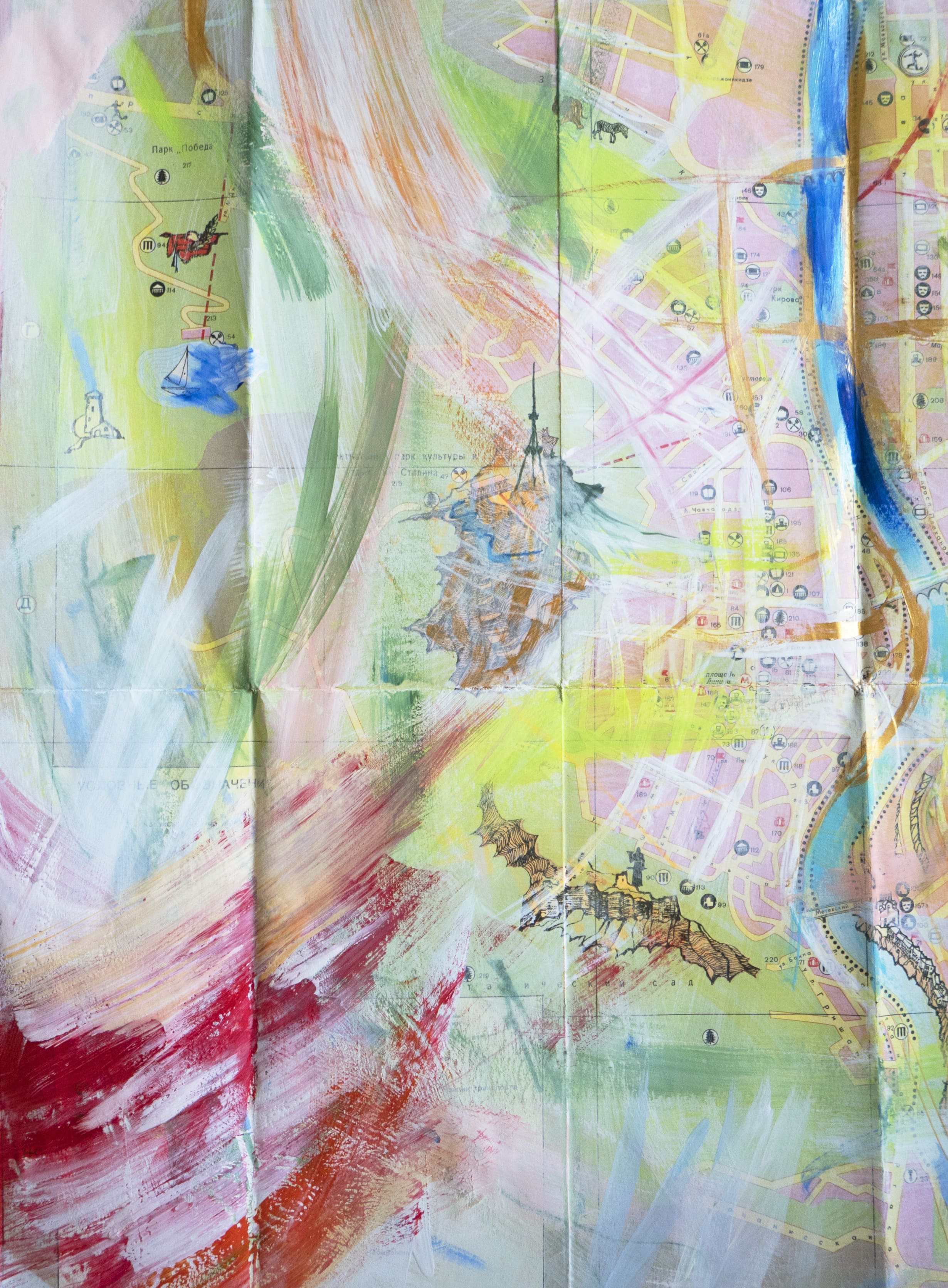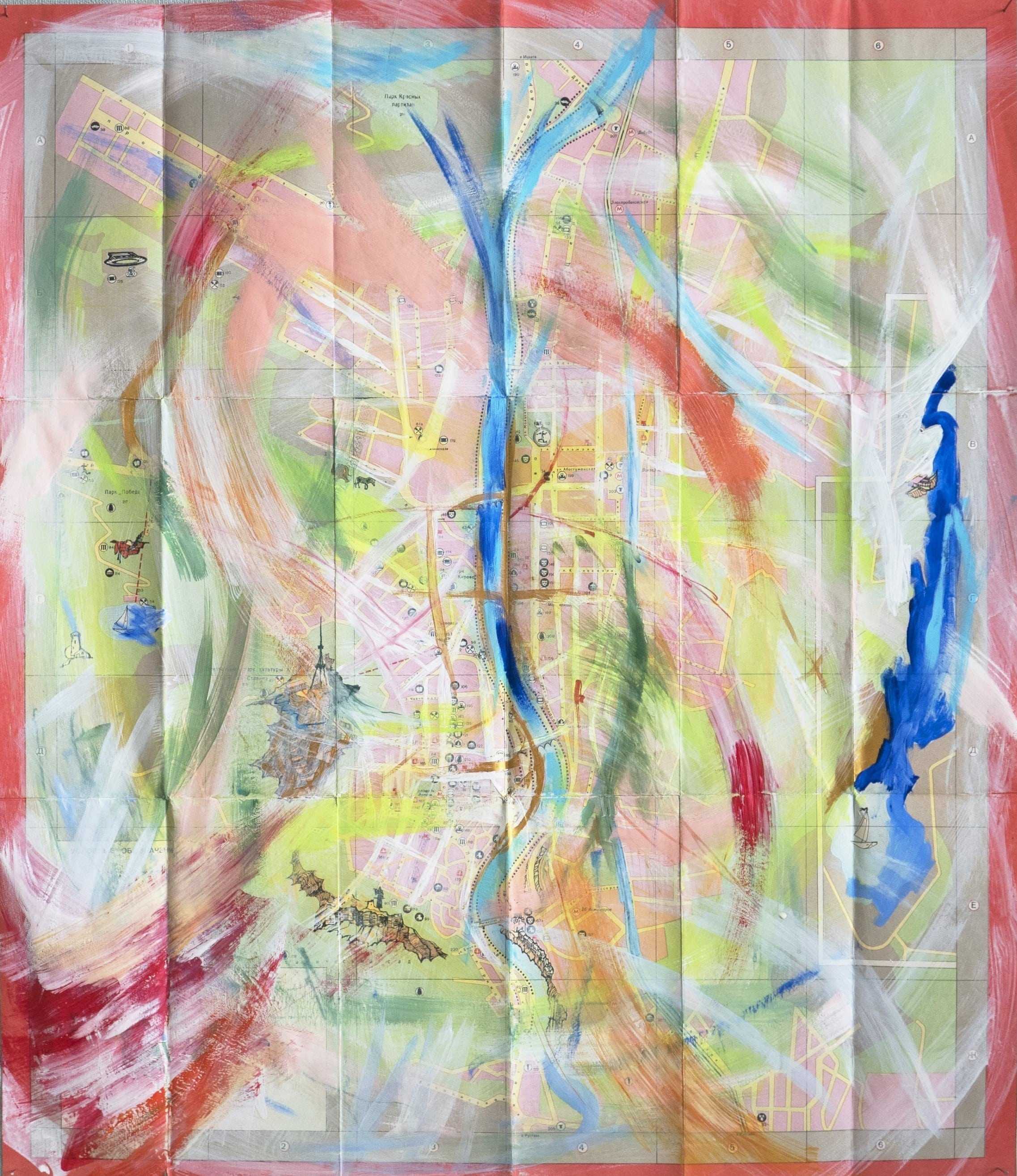Gardens of earthly delights
The first park I visited during the lockdown was Ilia’s Garden, an open green space in the Plekhanovi neighborhood in Georgia’s capital Tbilisi.
It was the beginning of April and everything seemed very uncertain and unclear.
That excursion—the risk of going outdoors, way from the house—had an immediate impact on me. A single hour in nature surrounded by the budding trees and the sounds of the birds started to break down the fears that had formed during the weeks of lockdown.
Once I returned home, I decided to fix my bike and explore the parks and gardens in the area. With every trip out into nature, I felt more productive. Soon, I started to hold meetings in parks instead of Zoom.
My own transformation during the pandemic, the evolution of my understanding of the importance of parks and green spaces, inspired me to see if others had experienced something similar. Over weeks of research, in published material and interviews with activists, friends and other park goers, I discovered a growing appreciation for the importance of green space—and a growing realization of how much nature has been destroyed in Tbilisi over the past few decades. My conversations and reading show that, in this age of climate change and global warming, it was Covid19 that showed us the importance of green spaces in city planning.

I imagine some newly constructed complexes as green spaces, either covered with vegetation or filled with greenery—and transformed public spaces that use nature, instead of fighting against it. My musing reminded me of the urban development vision Nino Sekhniashvili and Giorgi Zagareli outlined in the book Tbilisi It’s Complicated as well as Wato Tsereteli “River’s Magic Garden” project, which featured the Mtkvari River.
It began to dawn on me that not only parks and gardens transformed us during the crisis but they became one of the major leisure magnets of the city. “Personal is political” is a popular expression: in this case, the individual experiences could inspire us as a community to reexamine the role of green spaces in urban development—and their importance for our health and well-being.
In his article Garden in the city, published in INDIGO magazine, author Giorgi Chkadua writes that gardens are “the most comfortable areas for interaction in Tbilisi.”
“In a southern city, like Tbilisi, everything can happen in the garden,” he notes, adding that public parks and gardens have historically had an important role in city life.
City-planner Merab Bolkvadze has noted, however, that many of Tbilisi’s green spaces have already been destroyed by urban development. He estimates that today, the average resident has just four to five meters of green space, compared to the European standard of 15-18 per city resident.
Today, the pandemic has been largely controlled in Georgia and people are not limited to nearby parks for recreation. It would be easy to forget about the importance of accessible green space in urban life. But while the parks are not as full as they were during the lockdown, no one knows when we will need them again.
Those green spaces were full of people during the lockdown who normally would have spent their spring afternoons in cafes and their nights and early mornings in the city’s clubs and bars.
For a few weeks, Covid-19 changed that. The pandemic gave us the chance to reconnect with nature, to remember the power of an hour of fresh air.
We have been given the chance to comprehend the importance and relevance of the green islands still available in the city before they are filled with asphalt and concrete.
As Bolkvadze said, “We have chased nature out of the city; now we should at least attempt to invite it back.”
DONATE NOW


